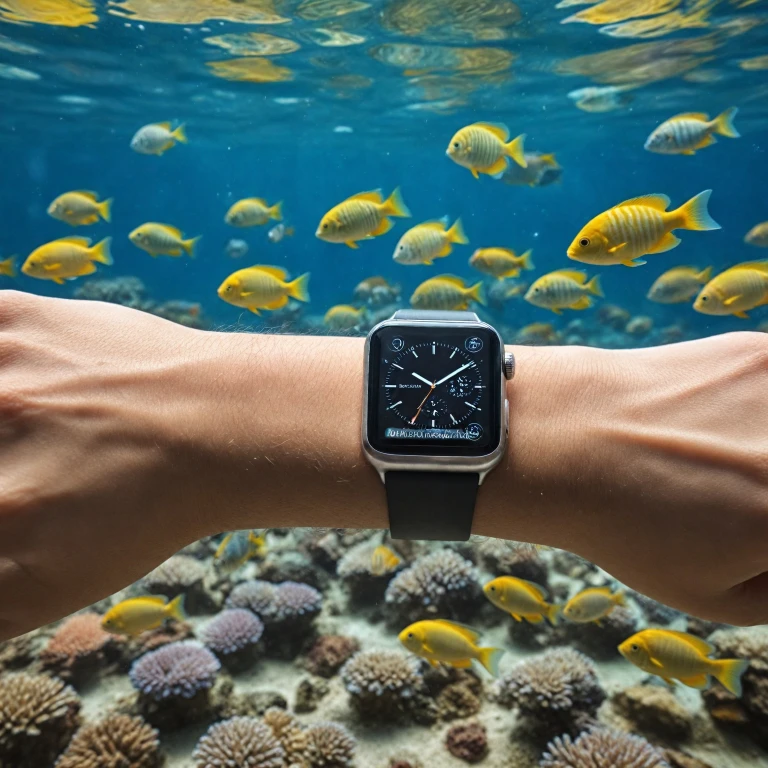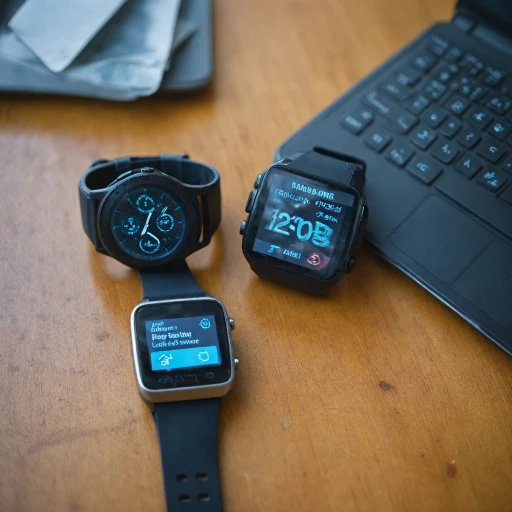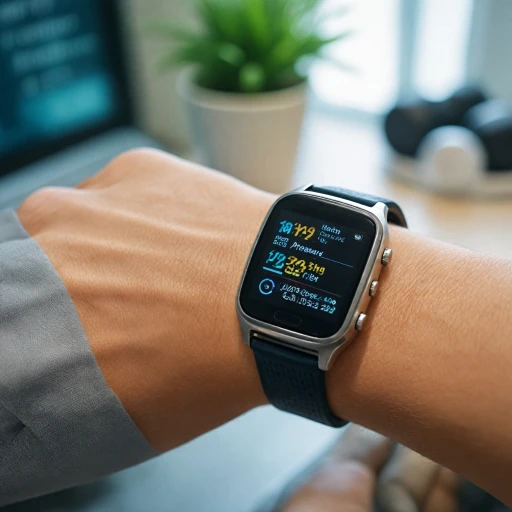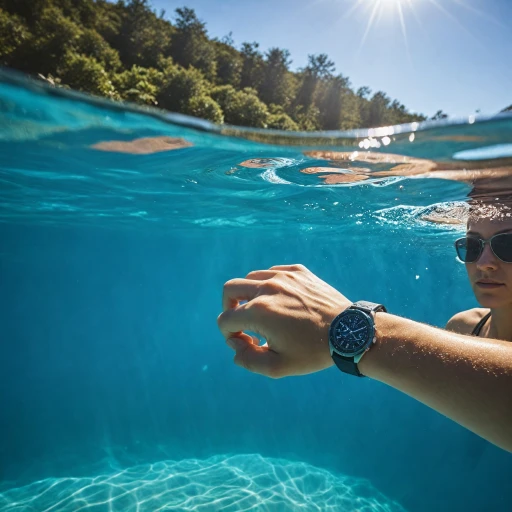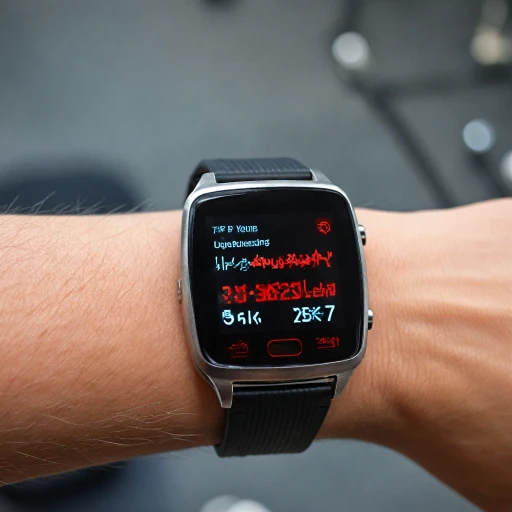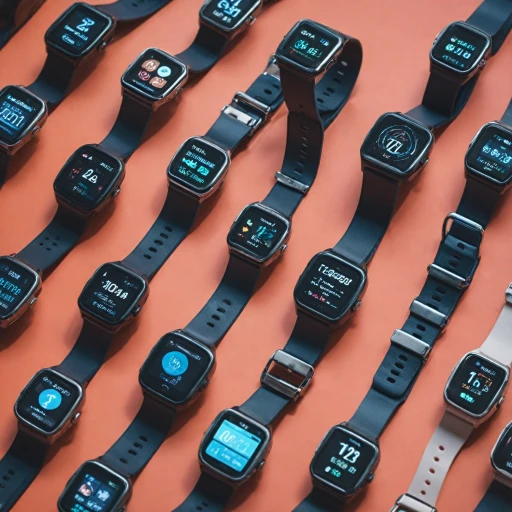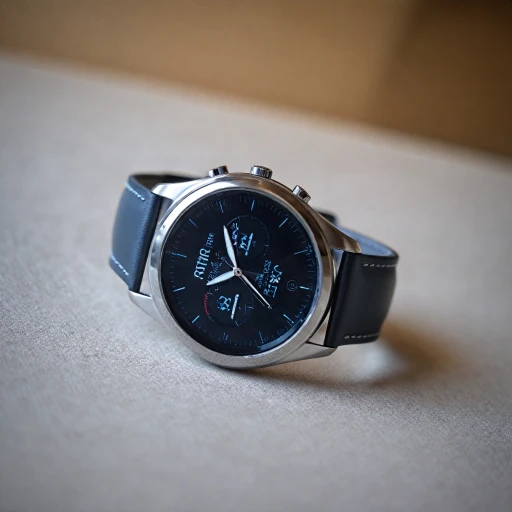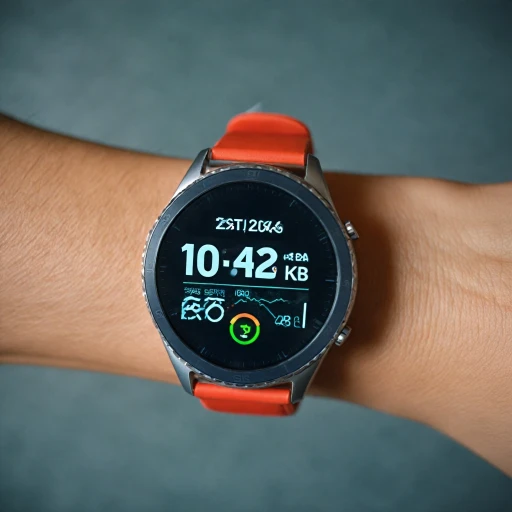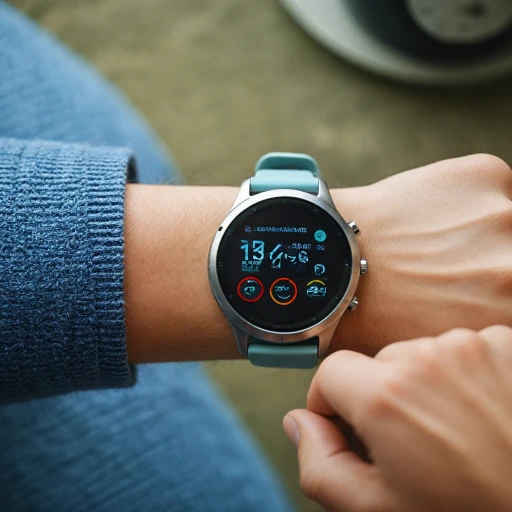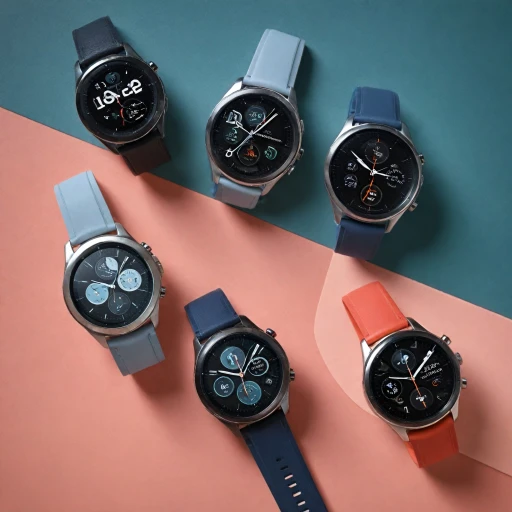
Understanding Apple Watch Water Resistance
Comprehending the Waterproof Features
Understanding the Apple Watch's water resistance capabilities is crucial for anyone looking to take a plunge with their tech companion. It's essential to note that not every Apple Watch is designed with swimming in mind, but many models, especially the newer series, possess impressive resistance features. The level of water resistance varies slightly across the watch series. Generally, recent models, including the watch Ultra, provide substantial coverage, making them suitable for pool workouts or casual dips. However, users should be aware that while these watches are resistant, they are not entirely waterproof. There is a significant difference between water-resistant and waterproof, and knowing this distinction will prevent unwanted damages. Each model's specific resistance level is indicated using an industry-standard IP rating or depth rating. This information gives users an idea of the extent to which their Apple Watch can withstand conditions like a swimming pool environment or open water. The water lock feature, particularly helpful during swim workouts, ensures no false screen interactions occur while submerged. A critical point to remember is that the digital crown and other external components rely on their resistant build to keep water drop interactions minimal. For avid swimmers, exploring apps designed to optimize the watch's waterproof functions can offer enhanced user experiences. In essence, when considering swimming with an Apple Watch, grasping its water resistance limits and employing features like the water lock will ensure both the user's and the device's safety in aquatic settings. For more detailed insights into water resistant smartwatch models, innovative smartwatches for blood sugar monitoring can provide a broader understanding.Apple Watch Models Suitable for Swimming
Discovering the Right Apple Watch Series for the Pool
When diving into the world of swimming with your Apple Watch, it's essential to understand which models are most suited for water activities. Many users find the Apple Watch an excellent companion for tracking their swim workouts, but not all models possess the same level of water resistance. Let's explore which watch series are designed to handle the demands of a swimming routine. In recent years, Apple has made significant advancements to enhance the water resistance of its watches. Starting with Apple Watch Series 2, water resistance capabilities improved substantially, allowing the device to handle up to 50 meters of water exposure. This means these watches can accompany you confidently in the pool, whether you're swimming laps or simply enjoying a splash. Series 3 and Series 4 models also offer similar water resistance. The Apple Watch Series 5 and onwards, including the Ultra model, continue this trend with robust water resistance, making them suitable for various aquatic activities. With these newer series, swimmers can engage in extensive water workouts, such as swimming in a pool or ocean, without worrying about water damage. Each watch comes with a handy water lock system, which secures the device against unintended screen taps underwater. While all these models offer impressive waterproof features, users should note that the Apple Watch is not entirely waterproof. It is water-resistant, meaning that prolonged exposure to water, especially in activities beyond swimming like scuba diving or waterskiing, might reach the limits of its capabilities. It's crucial for swimmers to examine the specific resistance rating of their Apple Watch and adhere to Apple’s guidelines to ensure longevity. For those interested in the specifics of how different smartwatches manage complex health metrics even underwater, you can learn more in this detailed exploration here. Whether you're swimming with an Apple Watch Series 2 or the latest Ultra, understanding its limits and capabilities will make your experience in the water both safe and enjoyable.Preparing Your Apple Watch for a Swim
Getting Ready to Dive: Pre-Swim Preparations
Before diving into the water with your Apple Watch, especially if it's your first time taking it for a swim, there are essential steps to ensure its maximum performance and longevity in the swimming pool. First, it’s vital to ensure your watch is in working order. Conduct any necessary updates and check that your watch is functioning correctly. The Apple Watch offers various workout options, including a "Pool Swim" setting, that not only tracks the workout accurately but also enhances its water interaction. To maximize water resistance, activate the water lock feature. The water lock prevents accidental taps that might occur when the screen is submerged. To activate this, swipe up on the home screen to access the Control Center. Tap the water drop icon to engage the water lock. Once you finish your swim, rotate the digital crown to deactivate the lock and expel any lingering water from the speakers, further safeguarding your device. For added protection, ensure any bands attached to the watch are water resistant, especially if you frequently swim. Some bands, while stylish, may not fare well when repeatedly exposed to water. Understanding these precautions will arm you with the confidence needed to enjoy a worry-free swimming session with your Apple Watch. For more insights on optimizing your device performance, explore why your Fitbit might not be syncing for troubleshooting tips applicable across various smartwatches.Post-Swim Care for Your Apple Watch
Taking Care of Your Apple Watch After a Swim
Once you've enjoyed a swim with your Apple Watch, it's important to give it some post-swim care to ensure its longevity and maintain its water resistance. Here are some steps to follow:
- Rinse with Fresh Water: After swimming in a pool or the ocean, rinse your Apple Watch with fresh water. This helps remove chlorine, salt, or any other residues that might affect the watch's materials or water resistance level.
- Dry Thoroughly: Use a soft, lint-free cloth to dry your watch. Pay special attention to the speaker and microphone openings. You can gently shake the watch to help remove excess water.
- Use Water Lock: If your watch has a Water Lock feature, activate it before swimming. After your swim, turn the Digital Crown to eject any remaining water from the speaker grill. This is especially useful for newer series watches, like the Apple Watch Ultra, which are designed for water activities.
- Check for Water Resistance: Remember that water resistance isn't permanent. Regular exposure to water can diminish its effectiveness over time. Monitor your watch for any signs of water damage, especially if you frequently swim with it.
By following these steps, you can help maintain your Apple Watch's functionality and water resistance, ensuring it remains a reliable companion for all your swimming workouts.
Limitations of Swimming with an Apple Watch
Swimming with Apple Watch: Exploring the Boundaries
While the Apple Watch is designed with impressive water resistance abilities, there are limitations to be aware of when taking your watch for a swim. Understanding these constraints will help you make an informed decision on how best to utilize your device. Firstly, although many Apple Watch models boast excellent water resistance ratings, it's important to note that they are not entirely waterproof. The watch models, particularly newer series, are engineered to endure swimming activities; yet, they might not withstand deeper water adventures such as diving. When swimming in a pool, your Apple Watch's "Water Lock" feature provides an extra layer of security. It helps prevent accidental taps and keeps the screen from getting triggered by water droplets. This mode can be activated through the "Control Center" on your device by selecting the water drop icon. Post-swim, you can eject water from the watch via a simple twist of the digital crown. Be cautious about exposing your watch to different water types. Saltwater swimming should be limited, as it can be more corrosive than freshwater. After swimming in the ocean, rinsing your watch under fresh water is recommended to remove any residue, prolonging the life of your device's water resistance. Moreover, frequent exposure to water may eventually wear down its resistance level. Keeping the watch away from high-velocity or high-pressure water flow remains a good practice to preserve its functionality. While swimming with your Apple Watch, some users have reported differing experiences in terms of workout app performance and water resistance endurance. Engaging in user forums and communities may offer additional insights on optimizing your use during such activities, making your workout sessions more productive. Apple's guidelines and support documents provide thorough information about the water resistance and operational constraints of its products. Abiding by these guidelines will ensure that you maintain the highest level of functionality in your swimming adventures.User Experiences: Swimming with Apple Watch
User Experiences in the Water
Many users have found swimming with an Apple Watch to be a beneficial addition to their fitness routines. The water resistance offered by various models, especially the newer series, makes it possible for swimmers to track their workout intensity right from their wrists.
There are reports from users who utilize the Apple Watch Ultra for swimming in both pools and natural bodies of water. The elevated water resistance level ensures that their watches remain unharmed even during extended underwater sessions. With the help of the Workouts app, swimmers can monitor their heart rate, laps, and calories burned, offering valuable insights into their swimming regimen.
However, users have noted the importance of using the Water Lock feature effectively. Activating this feature before entering the pool helps prevent accidental screen touches. Post-swim, rotating the digital crown releases any water trapped in the speaker through a handy water drop animation.
While user experiences with swimming and the Apple Watch are largely positive, some have encountered limitations. Users highlight the need to ensure that water pressure doesn’t exceed the watch’s resistance capabilities, emphasizing the precautions discussed earlier. Despite these precautions, confident swimmers often report dependable performance and accurate tracking.
